Ladybower Reservoir's low water levels reveal abandoned village
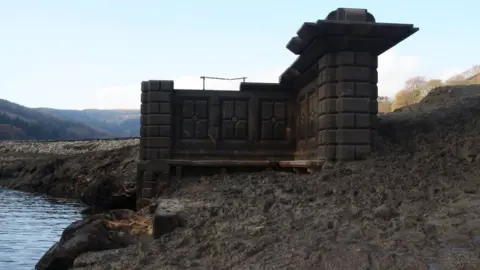 Severn Trent Water
Severn Trent WaterLow water levels at a reservoir have revealed a rarely-seen abandoned village that was flooded in the 1940s.
Derwent, in Derbyshire, made way for the Ladybower Reservoir, which was built between 1935 and 1943.
Dave Aston from the Peak District's Upper Derwent Visitor Centre said the rare sight of the "exposed village" has attracted many people to the area.
Earlier in November, one man had to be rescued after he got stuck in the mud while inspecting the ruins.
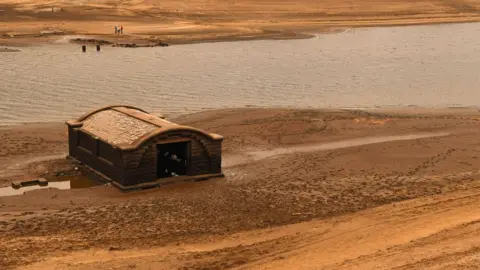 Getty Images
Getty ImagesHistoric buildings, churches and limestone cottages in Derwent and Ashopton were lost when the Derwent Valley was flooded.
The plan, which was strongly opposed, was to help serve the growing cities of Derby, Sheffield, Nottingham and Leicester with water.
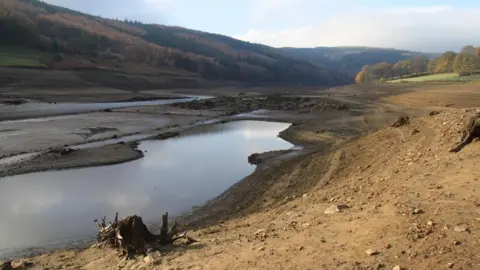 Severn Trent Water
Severn Trent Water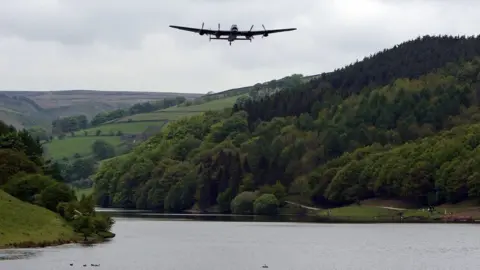 Getty Images
Getty ImagesMr Aston said he last saw the flooded village in 1995, after a dry period that year, and also following the hot summer months of 1976.
"It is a rare occurrence to see the ruins of Derwent village," he said.
"The long dry spring and summer has lowered the water levels of the reservoir slowly and in the last four weeks the remains have become visible.
"Visitor numbers are soaring because of it. People are walking in the exposed village."
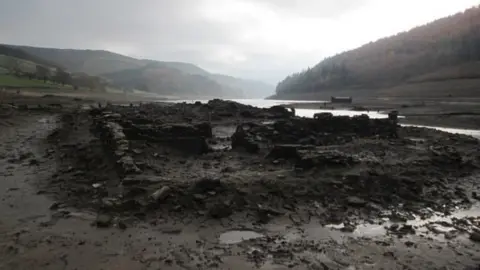 Rob Eardley
Rob EardleyOn 3 November, Edale Mountain Rescue Team reported having to rescue someone who got stuck in the "extremely thick" mud around the ruins.
It took 30 minutes to free the man, whose temperature and "general welfare" had dropped ahead of being rescued.
The team urged people to view the remnants from solid ground.

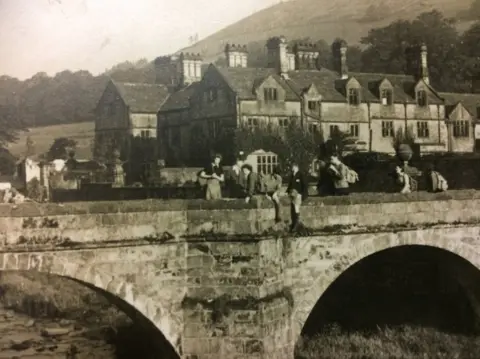
A spokeswoman for Severn Trent Water has said the reservoir's levels are "lower than normal" following the "exceptionally dry and hot summer".
She added the company expects it to refill over the rest of autumn and winter and water can be moved from nearby reservoirs "if needed".
Allow X content?

Follow BBC East Midlands on Facebook, on Twitter, or on Instagram. Send your story ideas to [email protected].
